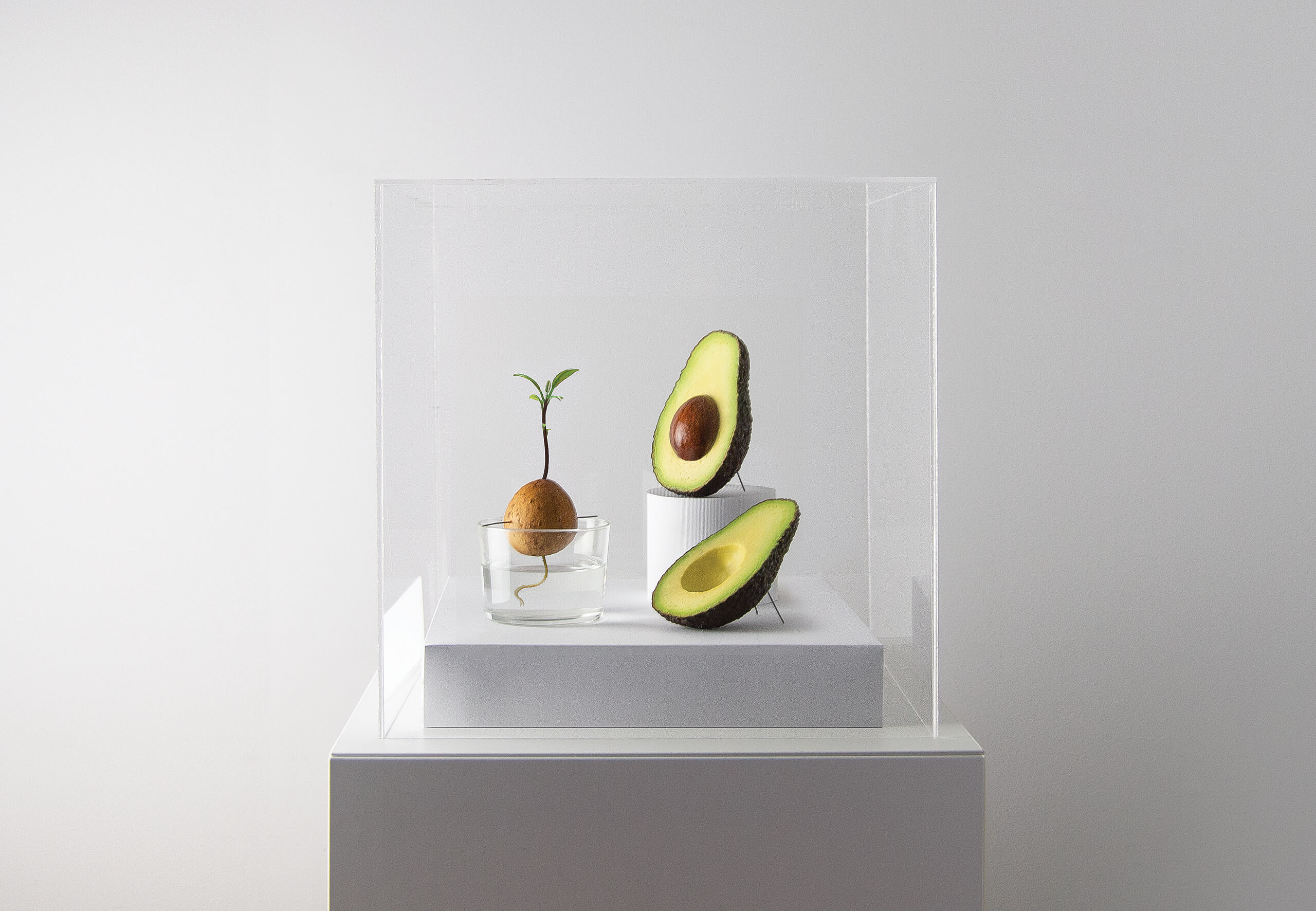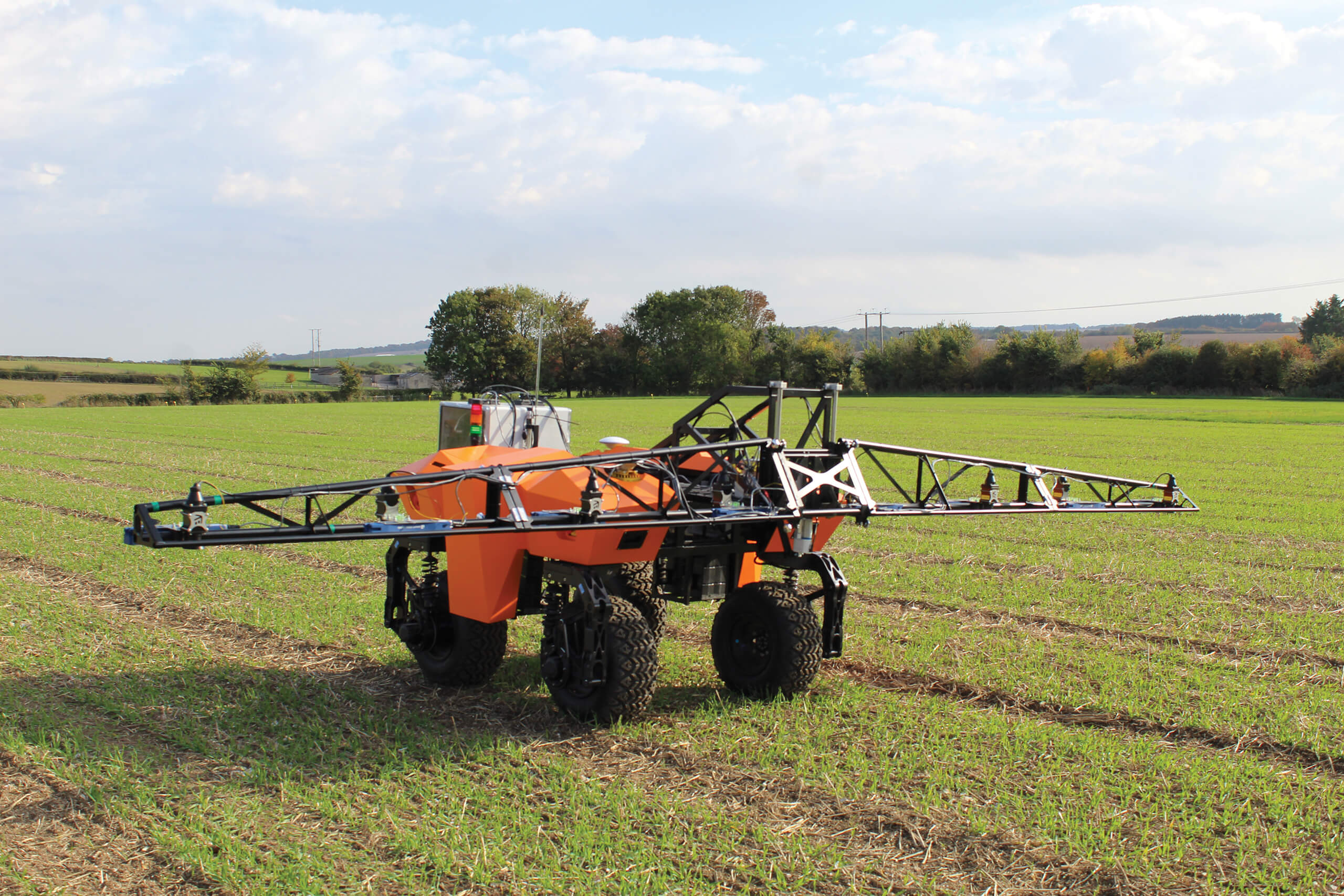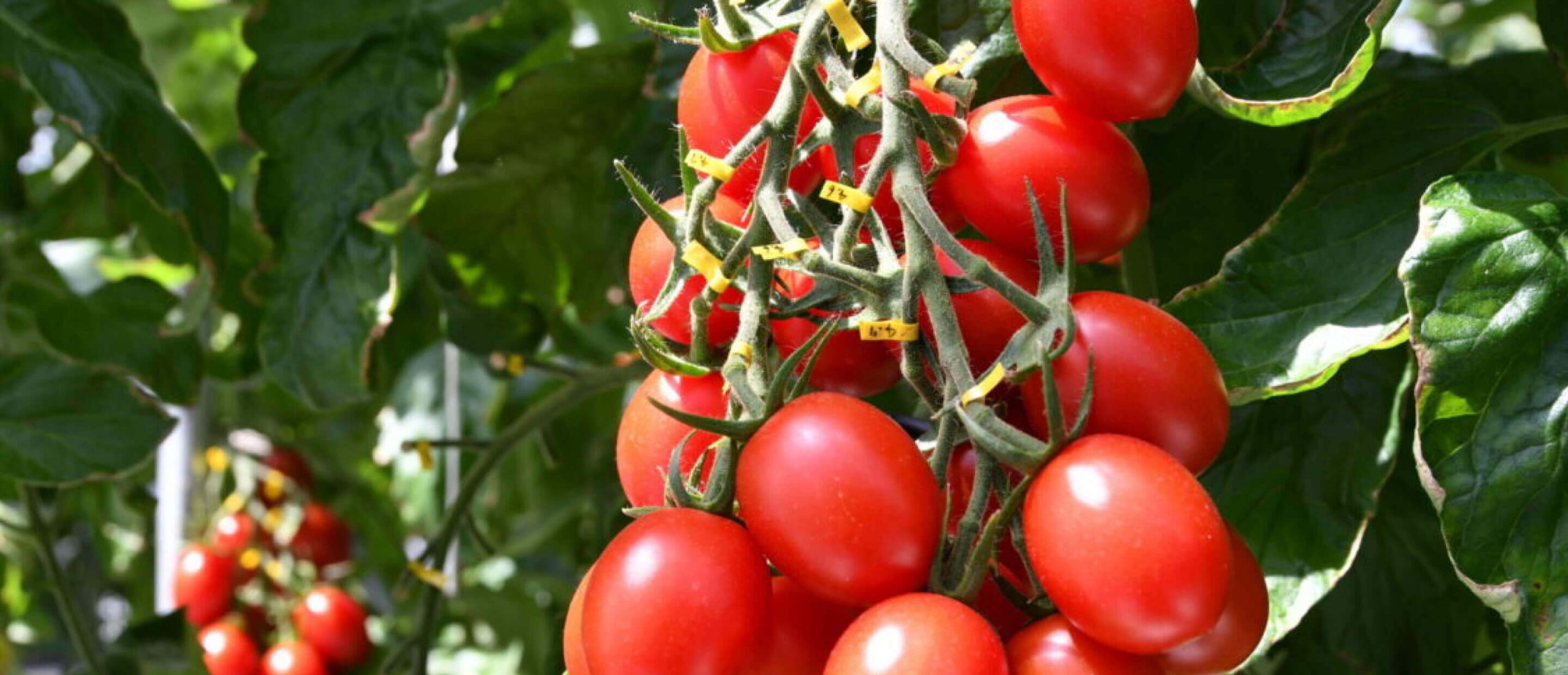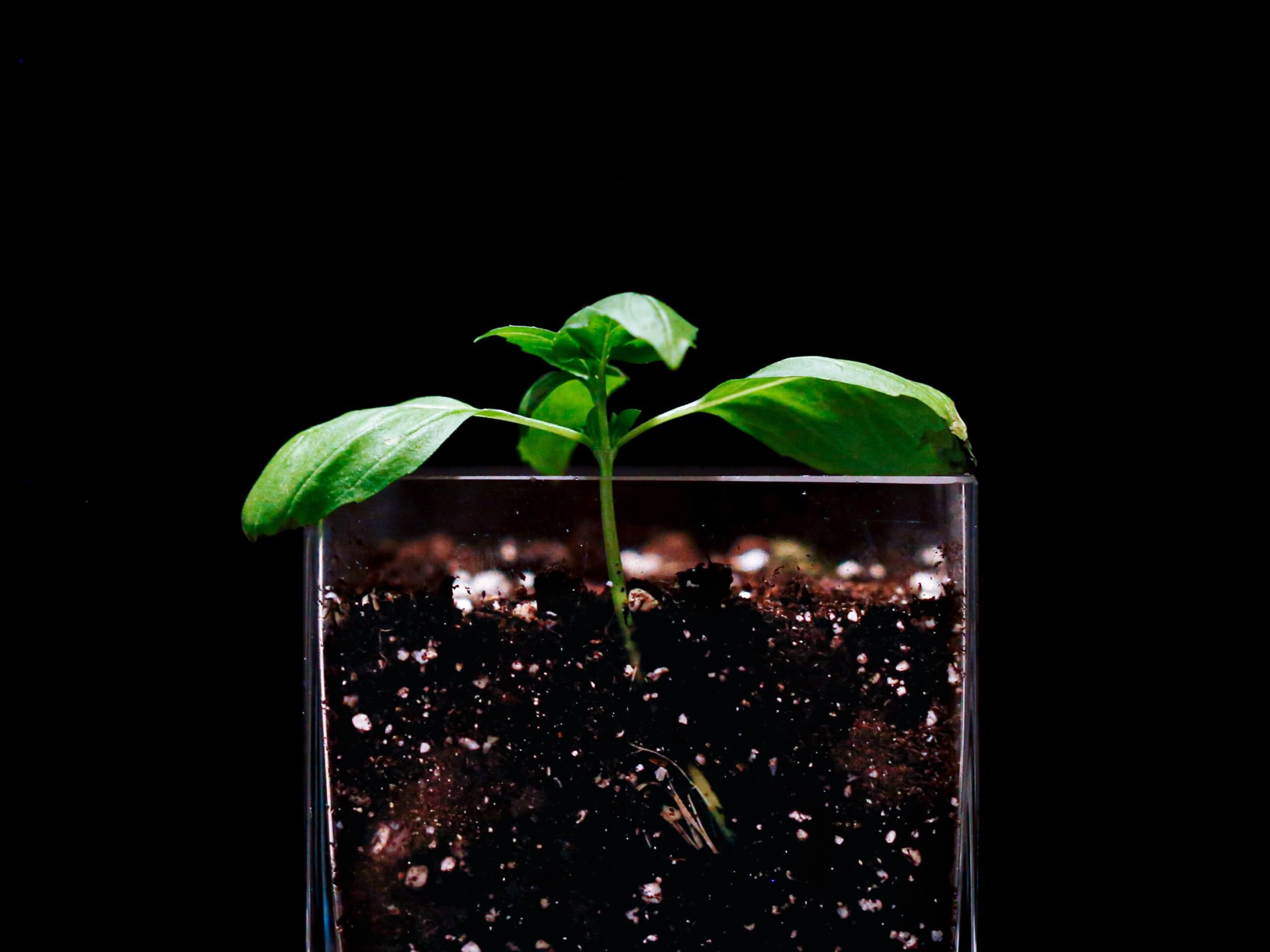
A decade ago, a public-private partnership was formed to try to increase the yield potential of wheat by 50% by 2035. As the project approaches its half-way point, Richard Flavell, Chair of the International Wheat Yield Partnership, explains why that target is so important and whether it’s on track.

Professor Richard Flavell is Chair of the Science and Impact Executive Board at the International Wheat Yield Partnership. He is a plant geneticist and has previously served as Director of the John Innes Centre in the UK and Chief Scientist at Ceres, Inc., California; Indigo Agriculture, Boston; and Inari Agriculture, Boston.
The world needs more wheat. It’s a critical food staple, providing 20% of daily calories and protein globally.
With projections that 70% more food will be needed by 2050, there’s an urgent need to help farmers produce more grain. Currently, the rate of yield gain being achieved by wheat breeders across the world is nowhere near enough to support the productivity spike that’s required.
Wheat crops also need to be more resilient. While being asked to produce more, farmers are facing climate shifts and an increase in weather extremes. Science has to come to the rescue to address these issues with a sense of urgency anda much greater scale. Governments around the world recognize this, and have helped fund the International Wheat Yield Partnership (IWYP) to accelerate solutions.
IWYP aims to bridge the gap between scientific discovery and plant breeders – the so-called “valley of death”, where promising new research stagnates in the lab. There are many reasons why this can happen; often discoveries aren’t taken up because they’re too far removed from the existing technology and resources of relevant plant breeders. IWYP focuses on translating high- potential science into forms that breeders can use to increase the rate of yield gain and improve crop resilience going forward.
The world needs more wheat. It’s a critical food staple, providing 20% of daily calories and protein globally.”
Ten years isn’t very long in plant breeding terms to make a difference. Even so, IWYP is already getting improved germplasm into the hands of breeders in the public and private sectors in both hemispheres, and IWYP lines are being used as parents in breeding programs to fasttrack gains.
Trials at IWYP’s translation hub at CIMMYT in Mexico and at over 20 sites around the world show the new lines are often yielding more and proving resilient to many stress factors. It’s a promising start. Some of these early successes may Relate to work being done by IWYP partners (Kansas State University, NIAB in the UK, and CIMMYT in Mexico) to advance lines containing chromosome segments from wild wheats and landraces. These are relatively rare in the germplasm that breeders use today because of past bad experiences.
IWYP isn’t producing varieties, it’s bringing scientific innovation and improvements into local breeding programs. To date, breeders have produced six varieties using IWYP material, the challenge is to maintain the flow.

Duis aute irure dolor in reprehenderit in voluptate velit esse cillum dolore eu fugiat nulla pariatur.
The process of breeding is very complex. The different variables that affect wheat plants in different environments mean there is rarely a single solution. Furthermore, it’s very hard to pinpoint the exact source or reason underlying an improvement, which is why another IWYP project has the potential to be particularly game-changing. By combining DNA sequencing with phenotyping technology and then using the deep analysis capability of artificial intelligence, we are getting closer to understanding where yield gains and resilience are coming from.
This work is a collaboration between IWYP, CIMMYT, the John Innes Centre in the UK, and the Agricultural Genetics Institute at Shenzhen in China. The Shenzhen lab has sequenced 1000 wheat genomes from two programs: the IWYP program and CIMMYT’s main wheat breeding program.
The phenotypes – that is, the plant’s characteristics we’ve observed while growing them in many locations across the world – and DNA sequences are being analyzed so that we can compare the IWYP lines against the CIMMYT’s and other breeding lines. This will tell us what is special about the underlying genetics of the IWYP lines. We’re only one year into this process, and we anticipate the information will start to shed light through 2025.
IWYP’s emphasis is on bringing the knowledge we gain to breeders around the world. This acceleration of knowledge sharing should – we hope – change the way breeding is done in the next decade and beyond.
Why is this?
Although humanity has been improving wheat for 40,000 years, we’ve never had a holistic picture of the genetic changes until the past few years. Now, we have a complete, genetic- level description of wheat lines. Understanding whether genes are recent introductions from wild relatives, from landraces, or they were introduced in the past 50 years will help us tap into the right combinations of genes to make improved phenotypes. Ultimately, this will help farmers to increase wheat yields.

IWYP aims to help plant breeders select for numerous traits to increase yield potential
The deep and rapid computational capability of AI is helping us make these associations. Although
still years away, AI could have a primary role in designing future wheats. Take a trait like radiation use efficiency (the efficiency by which sunlight is captured and turned into grain), there are thousands of genes and genetic units influencing it. Figuring out which of these are most important and what to change to improve the trait is a massive calculation. It’s only by putting together the DNA sequence – with its 100,000 genes in many different combinations – and correlating it to all phenotypes that you can start to truly understand different traits. That has been beyond us, but AI can be trained to reveal what has been hidden since plant breeding first began.
Technology has a big role to play in securing our food supply. Partnerships like IWYP that put technological discoveries into the hands of breeders could ensure the world produces enough wheat to support the needs of future generations as the population grows.

IWYP’s goal is to increase the genetic yield potential of wheat by 50% in 20 years.
IWYP is a public-private partnership, founded to bring together public and private research organizations from many countries in a collaborative approach. Its scientific program is principally funded by BBSRC, GRDC, USDA NIFA, SFSA, and AAFC.



